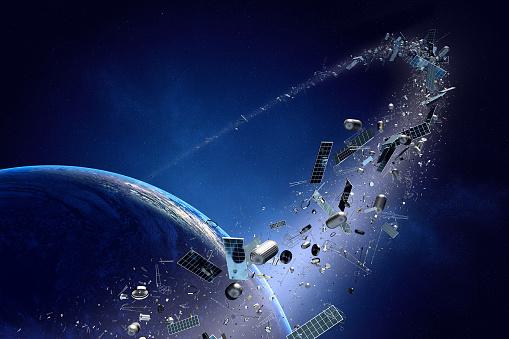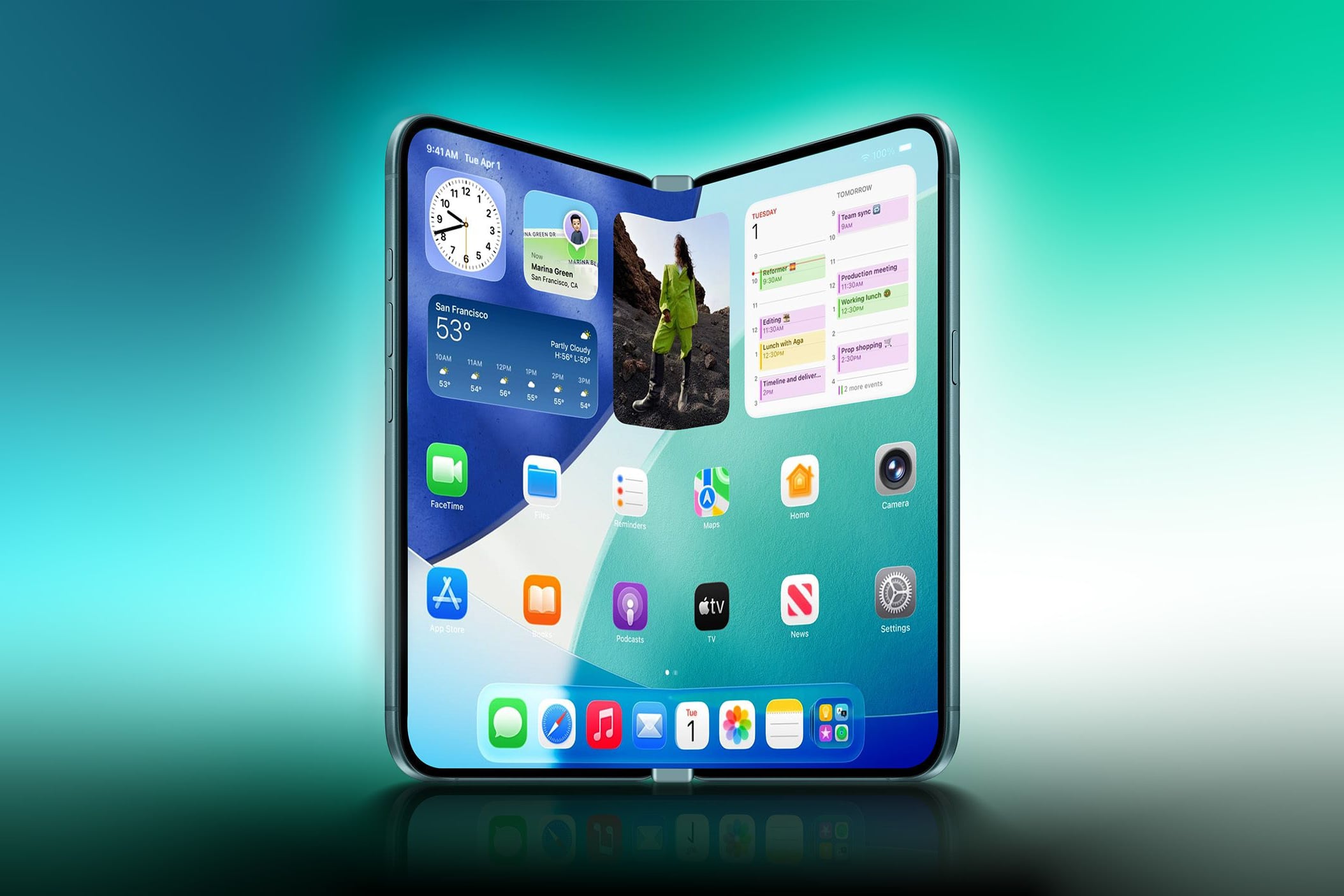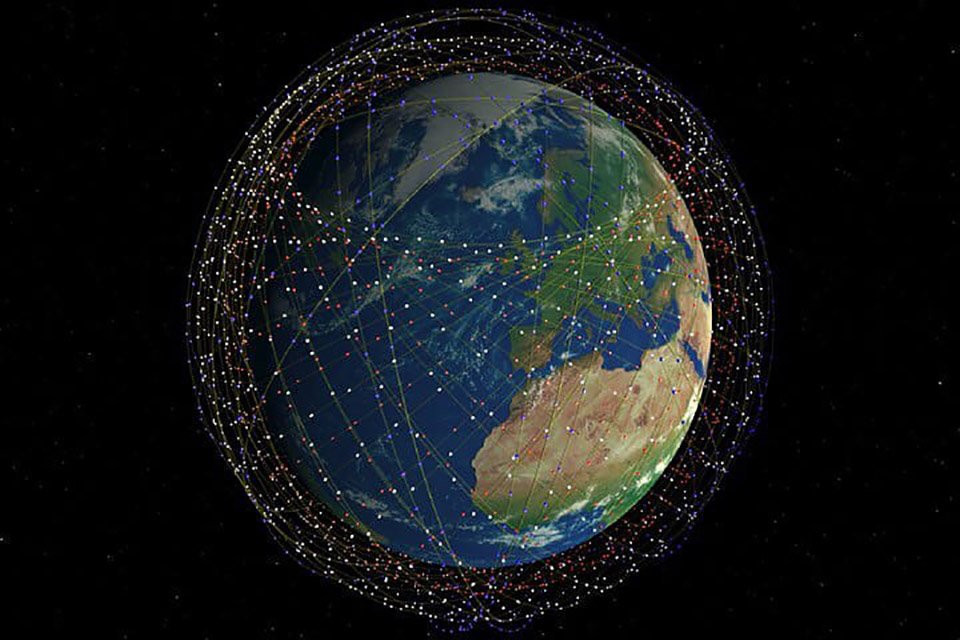A constellation of satellites placed in low Earth orbit by SpaceX’s internet provider Starlink is leaking low-frequency radio waves that could be deadly to radio astronomy. According to a new study published in the scientific journal Astronomy and Astrophysicsalbeit unintentionally, this electromagnetic radiation is causing interruptions in scientific studies.
The impact of visible light pollution has been partially circumvented by Elon Musk’s company, which is designing new, darker satellites. However, another type of observation, radio astronomy, which studies radio emissions from celestial bodies in the universe, may be under threat.
While the designated radio frequency bands in space for downlink communication — currently between 10.7 and 12.7 gigahertz in Europe — don’t hinder scientists’ ability to study the universe, researchers at the Low-Frequency ARray Telescope Array (LOFAR) have studied unintentional emissions from satellites.
How is Starlink’s interference in radio astronomy proven?
To prove their hypothesis, the researchers used the LOFAR network. Observing 68 satellites of the Starlink constellation. A Low Frequency Array, something like “Low Frequency Matrix” in Portuguese, is a network of approximately 20,000 radio antennas distributed over 52 locations. Electromagnetic leakage detected.
“We detected radiation between 110 and 188 MHz from 47 of the 68 satellites observed with LOFAR,” astronomer Cees Bassa of the Netherlands Institute for Radio Astronomy (ASTRON) said in a statement. Said.
The problem is that the above-mentioned frequency band “contains a shielded band between 150.05 and 153 MHz, which has been specifically allocated for radio astronomy by the International Telecommunication Union”., describes the co-author of the article.
What are the risks of a major satellite leak?

Emission from the electronics of Starlink satellites officially breaking any rule, because the International Electronics Commission’s restrictions on electromagnetic interference are limited to terrestrial devices.
Federico Di Vruno, first author of the paper, said he is looking at the constellation of more than 4,000 Elon Musk satellites, in addition to the 12,000 that will be deployed soon. ABC News Although the probability of interference from satellites in a telescope is small, The risk increases as such objects are placed in orbit.
Not to mention the risk of satellite collisions with each other or with space observatories, in addition to the growth of space junk.
Do you have any question? Tell us about our social networks and take the opportunity to share the article with your friends.
Source: Tec Mundo
I’m Blaine Morgan, an experienced journalist and writer with over 8 years of experience in the tech industry. My expertise lies in writing about technology news and trends, covering everything from cutting-edge gadgets to emerging software developments. I’ve written for several leading publications including Gadget Onus where I am an author.













